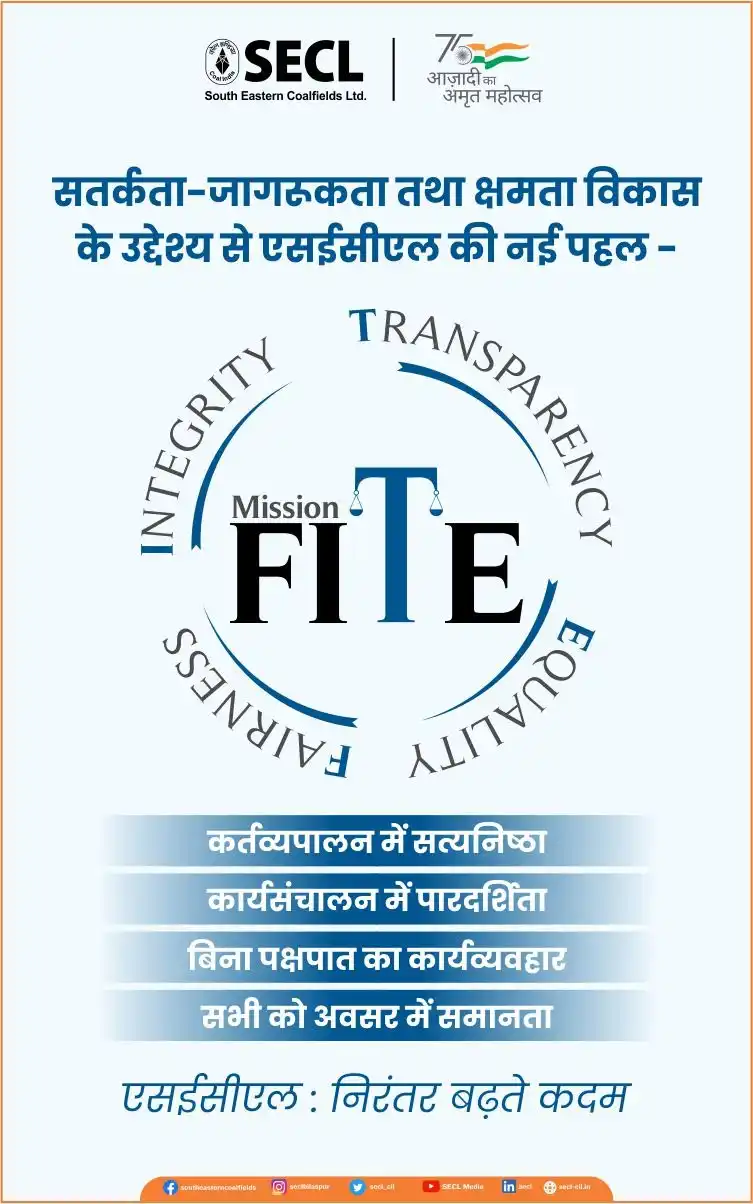It is rare when a movie gets an award not for the storyline or characters but for its conscious environmental efforts. Chandigarh Kare Aashiqui (2015), a Bollywood movie has been awarded the Dadasaheb Phalke International Film Festival Award for ‘Zero-waste Film’. It is now Bollywood’s first zero-waste movie. Prior to this, ‘Aisa Yeh Jahaan’ (2015) was the first movie to be carbon neutral in India.
Do film sets generate waste?
The film industry is resource-induced. It runs on resources, in one form or another. And it generates a lot of waste too. According to a study conducted by the University of California, Los Angeles (UCLA), in 2006, the US film and television industry created 15 million tons of carbon dioxide in 1999. However, these wastes can be reduced and call for conscious efforts.
The making and processing of a film impact the environment through the use of electricity, fuel for travel and generators, plastic, and other inorganic substances.
What are these wastes?
The waste generated in the movie industry can be in the form of a set-construction, use of plastic products, set relocation, transportation of people and props through the air, road or water, food wastage, and more.
How can it be reduced?
As in the example of Chandigarh Kare Ashiqui, Producer Pragya Kapoor focused on adopting sustainable waste solutions, managing waste generated, and recycling them. Such measures can be adopted by other movie projects too. Further, professional help can be sought after through a firm specializing in sustainable waste solutions.
The other option can be using alternative options. For instance, replacing plastic bottles with water dispensers could reduce single-use plastics. Further, making reusable or compostable cutleries can be another way to reduce waste.
The makers of the movie also hired a special crew to segregate waste items into three categories of solid, liquid, and PPE waste. These were disposed-off in color-coded dustbins to expedite the recycling process. The waste collected after the three-month shoot schedule was recycled into bricks, lamps, and many usable products.
Set material and props can be reused, donated, or sold after use, which also can result in revenue. A similar thing was practiced by the makers of the movie, “Spider-Man”. They donated 2,000 leftover meals from their set, thus reducing food wastage.
Prospects?
The recognition of these movies is a good starting point. However, more projects can take up the example and they too can help create lesser carbon footprints. Planting trees equivalent to carbon prints created, replacing plastic water bottles with filter water bottles, replacing bulbs with solar-powered or LED lights, and more such small steps can take us a long way forward in the future. Moreover, these small steps also reduce the costs from the movie budget


















